Idrw Team
SOURCE: IDRW.ORG TEAM

The Indian Air Force (IAF) is engaged in discussions with Hindustan Aeronautics Limited (HAL) to acquire an additional 100 LCA-Tejas Mk1A fighter jets. This procurement is part of the IAF’s strategy to bolster its capabilities, particularly along India’s western border with Pakistan.
The IAF’s objective in acquiring more LCA-Tejas Mk1A fighter jets is twofold. First, it aims to strengthen its presence on the western front to enhance its preparedness and response capabilities in the event of any contingencies. Second, by deploying these advanced aircraft on the western front, the IAF intends to free up some of its Sukhoi-30MKI squadrons for deployment on the eastern border with China.
Continue readingSOURCE: IDRW.ORG TEAM
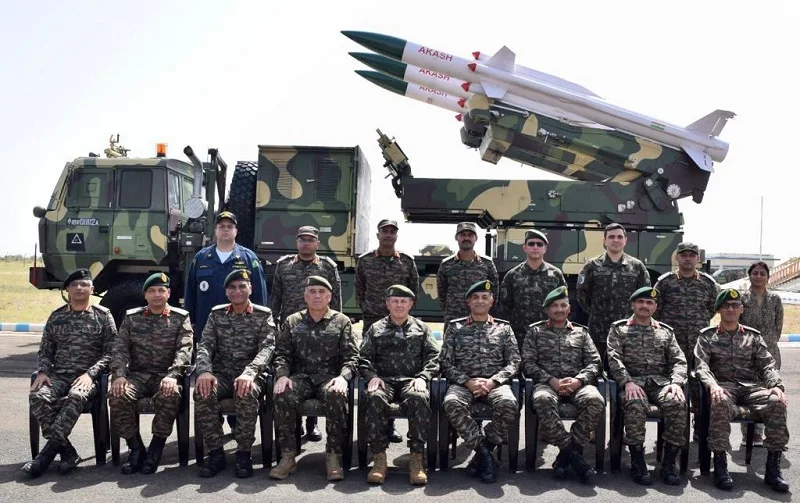
The Brazilian Army Commander, General Tomas Miguel Mine Ribeiro Paiva, paid a strategic visit to Bharat Electronics Ltd (BEL) in Bangalore to explore India’s state-of-the-art Akash surface-to-air missile systems. These missile systems are manufactured by BEL in collaboration with Bharat Dynamics Ltd (BDL).
This visit follows earlier meetings between top Brazilian army officials and the CMDs of BEL and BDL during the LAAD DefExpo in Rio, Brazil. General Tomas Miguel Mine Ribeiro Paiva’s visit to BEL’s facility in Bangalore aimed to gain insights into the capabilities and technology behind the Akash missile system.
Continue readingSOURCE: IDRW.ORG TEAM
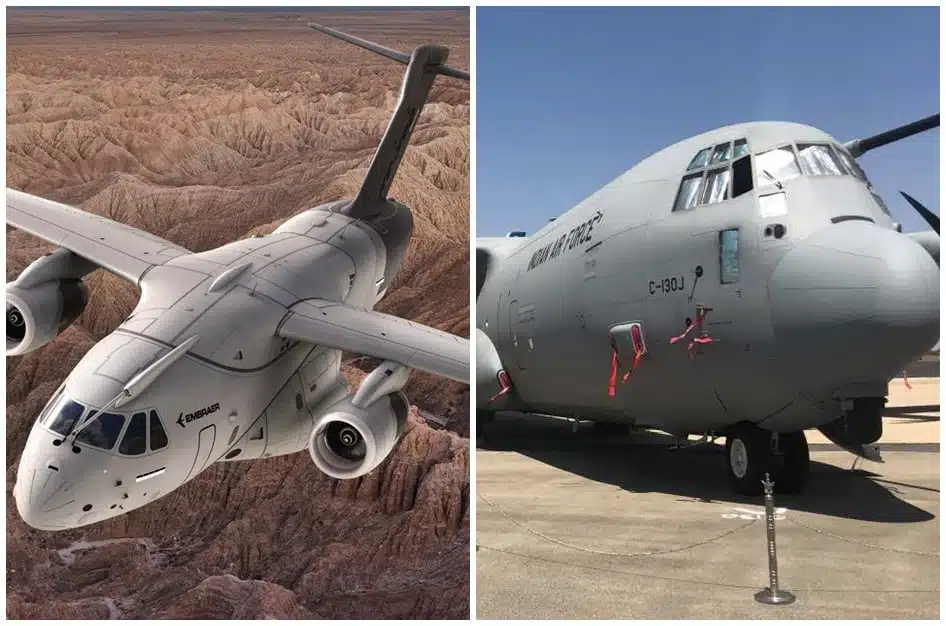
The Indian Air Force (IAF) is currently engaged in a series of feasibility studies aimed at determining the ideal numbers for its Medium Transport Aircraft (MTA) requirement. This initiative comes as part of the IAF’s broader plan to replace its aging fleet of An-32 Transporters, which were procured in the early 1980s.
The IAF’s Request for Information (RFI) for the MTA tender had initially indicated the potential requirement for 40, 60, or 80 units. However, insiders familiar with the matter have indicated that the final unit requirement will likely be fewer than 50. This adjustment in numbers is likely influenced by the IAF’s overarching modernization strategy and fleet management considerations.
Continue readingSOURCE: IDRW.ORG TEAM
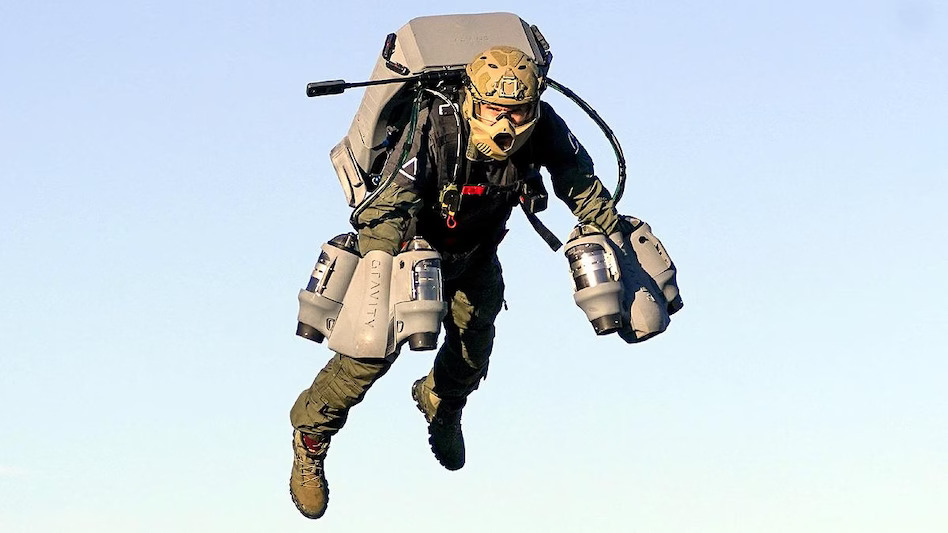
The Indian Army’s ambitions of donning futuristic jet pack suits, allowing soldiers to soar short distances and heights, have been momentarily grounded as the procurement plans for 48 of these advanced gear have been put on hold. This surprising development comes after the Army issued a Request for Information (RFI) earlier this year, seeking cutting-edge jet pack suits to empower soldiers during special situations such as natural calamities, counter-insurgency operations, and high altitudes.
The concept of jet pack suits has long been a staple of science fiction, capturing imaginations with the promise of human flight. These wearable devices, resembling backpacks, are designed to carry individuals weighing up to 80 kg and can achieve speeds of up to 50 km per hour. The suits, if successfully deployed, could have significant implications for disaster response, quick reconnaissance, and counter-insurgency missions.
Continue readingSOURCE: IDRW.ORG TEAM

In a significant leap towards technological advancement, the Bengaluru-based Aeronautical Development Establishment (ADE), a premier research laboratory under the Defence Research and Development Organisation (DRDO), has set its sights on the development of cutting-edge unmanned aerial combat vehicles (UCAVs).
The ambitious UCAV project aims to give birth to unmanned aerial vehicles with an all-up weight (AUW) of approximately 12.5 to 13 tons. To put this into perspective, this weight range aligns closely with the AUW of the LCA-Tejas Mk1A fighter jets – a testament to the substantial scale of this venture. M.Z Siddique, recently appointed as the Director General of DRDO Aeronautical Cluster (DG-Aero), confirmed this groundbreaking development.
Continue readingSOURCE: IDRW.ORG TEAM
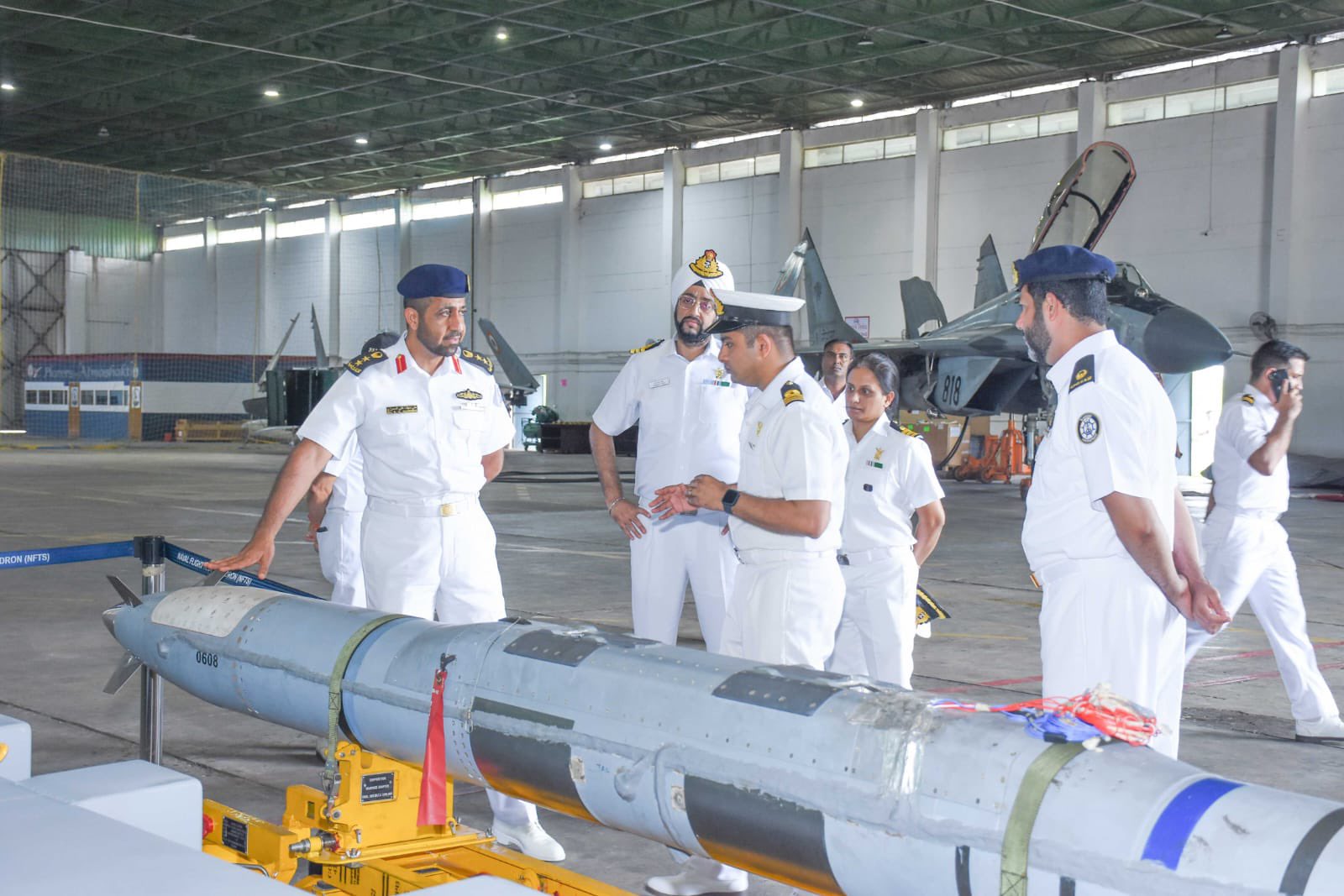
The Indian Navy continues to demonstrate its technological prowess and strategic capabilities, this time by showcasing the Israeli Rampage Long Range Air-to-Ground Precision Strike Weapon to a UAE Navy Subject Matter Expert delegation. The visit took place on August 30, 2023, aboard the INSHansa in Goa. This marked the first time that the weapon was displayed, underscoring the Navy’s commitment to innovation and cutting-edge defense solutions.
The Rampage Long Range Air-to-Ground Precision Strike Weapon is an impressive addition to the Indian Navy’s arsenal, notably equipped on the Mig-29K aircraft. This weapon, characterized by its long-range capabilities and precision targeting, is designed to effectively neutralize high-value, heavily fortified targets. Such targets include communication and command centers, air force bases, maintenance facilities, and critical infrastructure.
Continue readingSOURCE: IDRW.ORG TEAM
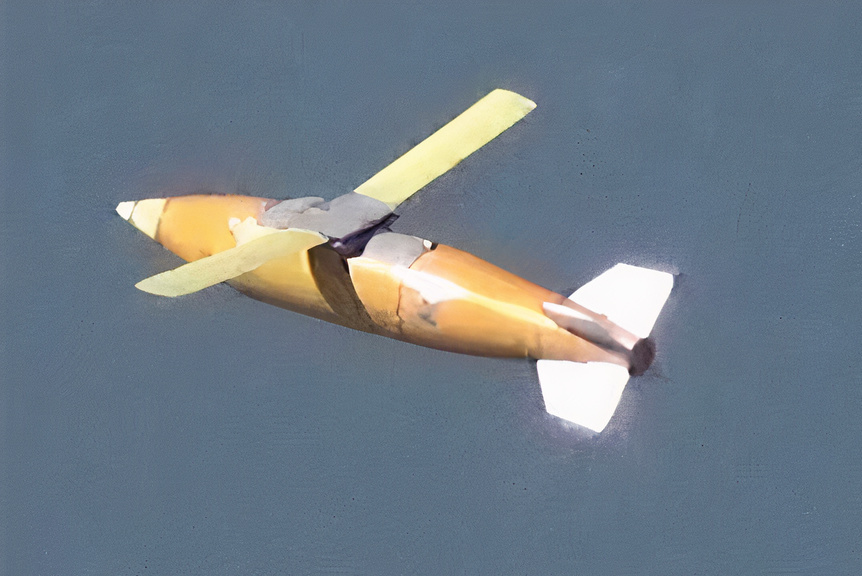
In a move that underlines its commitment to enhancing its aerial firepower, the Indian Air Force (IAF) has recently inked two contracts with an Indian vendor for the supply of air-delivered munitions. While specific details about the order remain confidential, speculation points towards the procurement of long-range glide bombs designed by the Defence Research and Development Organization (DRDO). These smart bombs mark a significant advancement in precision targeting and offer the IAF a potent edge in modern warfare.
The DRDO has developed two variants of the Long Range Glide Bomb (LRGB) – Gaurav and Gautham. Both of these precision-guided weapons have been engineered to self-navigate, glide over distances, and effectively neutralize enemy targets with a high degree of accuracy. Designed explicitly for the Indian Air Force, these smart bombs address the challenge of engaging targets that are beyond the reach of conventional munitions.
Continue readingSOURCE: IDRW.ORG TEAM
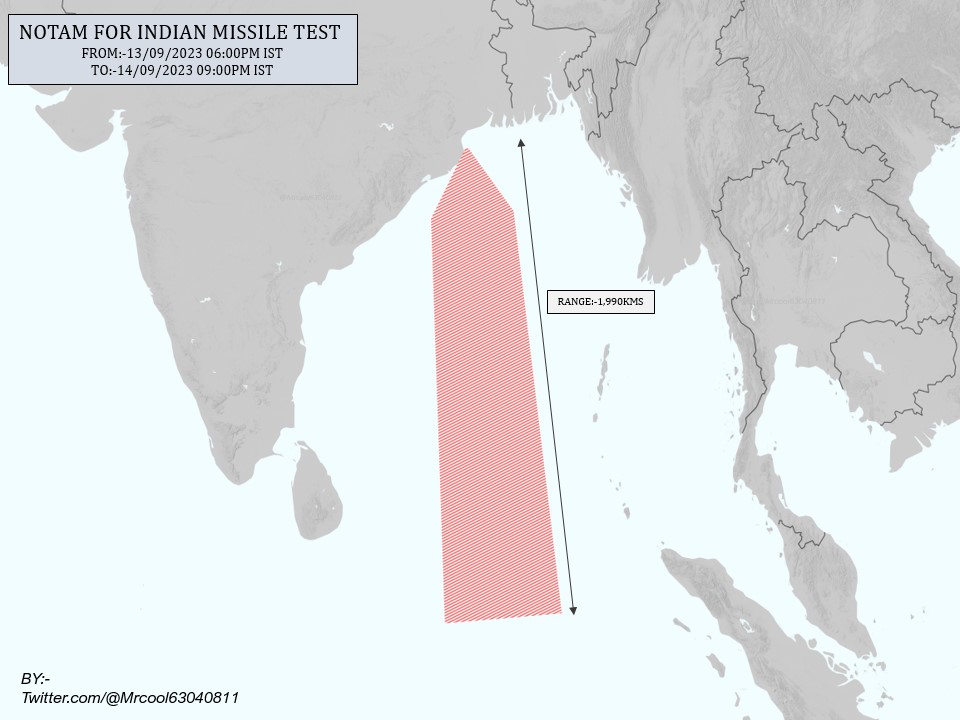
India has issued a fresh Notice to Airmen (NOTAM) for a designated range from September 13th to September 14th, 2023. While the NOTAM itself does not explicitly specify the type of missile to be tested, experts suggest that the range mentioned, spanning 1990 kilometers, points towards the possibility of an Agni-1P missile test.
The Agni-1P, a medium-range ground-based ballistic missile, Capable of carrying a nuclear warhead, the missile has demonstrated its prowess through a series of successful tests.
Continue readingSOURCE: IDRW.ORG TEAM
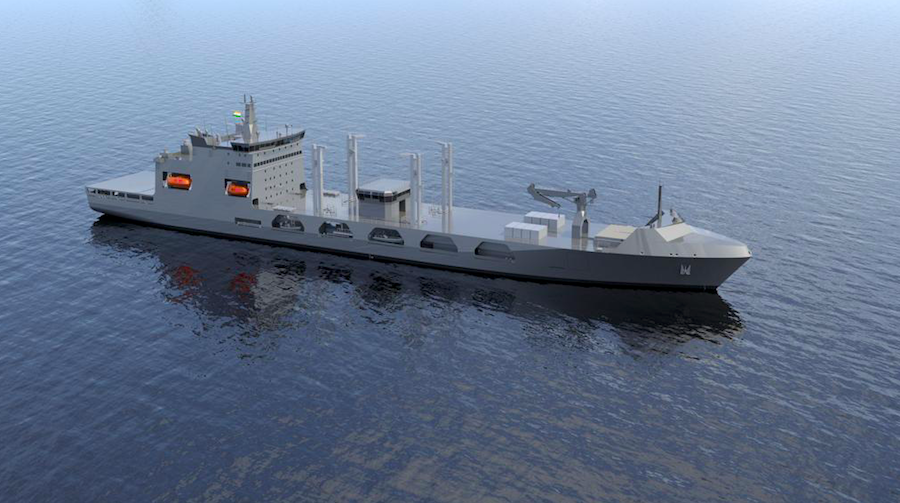
In a strategic move with geopolitical implications, India has silently removed a Turkish shipyard from its Fleet Support Ship (FSS) program due to concerns over its links with Pakistan. The Ministry of Defense recently signed a contract with Hindustan Shipyard Limited (HSL), Visakhapatnam, for the construction of five indigenously designed FSS marks a significant step towards strengthening India’s self-reliance in defense manufacturing.
The sidelining of the Turkish shipyard in favor of HSL is not just a procurement decision; it carries significant geopolitical implications. Turkey’s active military and technical cooperation with Pakistan, a nation with which India shares a complex relationship, has raised concerns within the Indian establishment. As a result, India has chosen to prioritize its own security interests by opting for a domestic shipyard over foreign collaboration that may have raised questions about allegiance.
Continue readingSOURCE: IDRW.ORG TEAM

The ongoing debate surrounding the development of the LCA-AF Mk2, an advanced version of the Light Combat Aircraft (LCA) Tejas, continues to generate discussion within India’s defense circles. Air Commodore Kambiranda Muthanna Ponnappa (Retired), who also headed the National Flight Test Center, has expressed his reservations about the development of the LCA-AF Mk2, citing concerns over priorities and potential delays.
The LCA-AF Mk2 is envisioned as a larger and more capable successor to the Tejas Mk1A fighter jets. With increased endurance and greater weapons carrying capacity, the LCA-AF Mk2 offers enhanced operational capabilities. However, Ponnappa argues that the Tejas Mk1A already possesses the operational capabilities of the LCA-AF Mk2 and can carry similar equipment and systems.
Continue readingSOURCE: IDRW.ORG TEAM

Air Commodore Kambiranda Muthanna Ponnappa (R), a distinguished figure who also helmed the National Flight Test Center, has put forth a compelling argument for continuous technological evolution in the Indian Air Force’s (IAF) upcoming Tejas Mk1A program. As discussions for follow-up orders of 100 Tejas Mk1A fighter jets are gaining momentum, Ponnappa emphasizes the imperative of integrating updated features into the aircraft as technology evolves, even during the production phase.
Ponnappa’s proposition is simple yet impactful: the Tejas Mk1A fleet should not be constrained by a uniform hardware and software standard throughout its lifecycle. In the fast-paced realm of technology, where advancements occur in shorter cycles, Ponnappa advocates for the incorporation of minor changes in software and hardware after every 40 aircraft are rolled out. This approach ensures that the Tejas Mk1A fleet remains at the cutting edge of technological innovation.
Continue readingSOURCE: IDRW.ORG TEAM
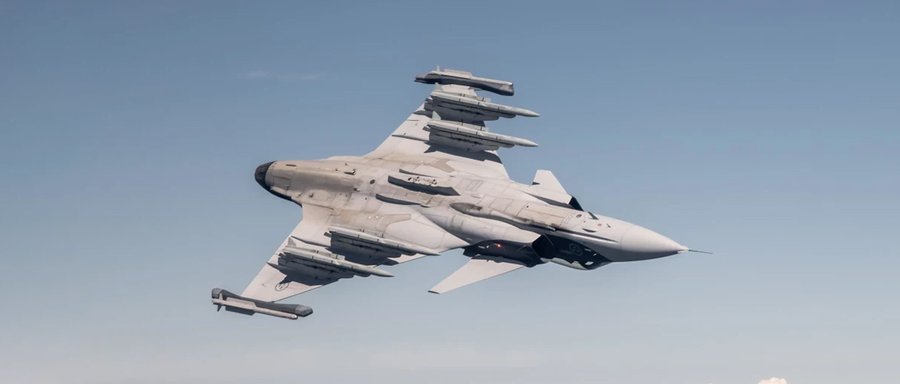
Saab, the Swedish aerospace and defense company, has thrown its hat into the ring by offering 114 state-of-the-art Gripen E fighters as part of its response to the upcoming Indian Air Force (IAF) Request for Proposal (RFP). The introduction of Gripen E could herald a new era of next-generation combat readiness, providing India with a cutting-edge air superiority advantage.
According to Mats Palmberg, Chairman and Managing Director of Saab India Technologies, the Gripen E offering encompasses both single-seater and two-seater variants of the fighter aircraft. Gripen E is no ordinary aircraft; it amalgamates a constellation of technological advancements that catapult it to the forefront of aerial warfare. This next-generation fighter aircraft delivers not only exceptional operational performance but also boasts an array of advanced features that are tailored to modern warfare’s multifaceted challenges.
Continue readingSOURCE: IDRW.ORG TEAM

In a significant move that could revolutionize amphibious operations and enhance maritime capabilities, India and the United Kingdom are engaged in talks to co-develop the next generation of super-powered hovercrafts. These amphibious landing craft have the potential to serve as versatile transport vessels for troops and equipment during amphibious operations, facilitating swift movement from ship to shore.
India’s coastal defense has been augmented by the deployment of Griffon Hoverwork 8000TD hovercrafts by the Indian Coast Guard since 2001. However, these hovercrafts were primarily assembled from complete knocked-down kits (CKDs) supplied by the manufacturer, with no local manufacturing process in place. The discussions between India and the UK aim to change this narrative by co-developing a technologically advanced and locally manufactured hovercraft that meets the evolving operational requirements of both nations.
Continue readingSOURCE: IDRW.ORG TEAM

Indian state-owned Hindustan Aeronautics Limited (HAL) is poised to meet its commitments by delivering 11 LCA-Tejas fighter jets by the end of the current financial year, scheduled for March 2024. The development aligns with the nation’s efforts to bolster its indigenous defense capabilities and strengthen its air force fleet.
Among the aircraft to be delivered are eight LCA trainer aircraft, alongside three Tejas Mk1A fighter jets. This delivery schedule reaffirms HAL’s dedication to meeting project deadlines, a crucial aspect in modern defense procurement and manufacturing.
Continue readingSOURCE: IDRW.ORG TEAM
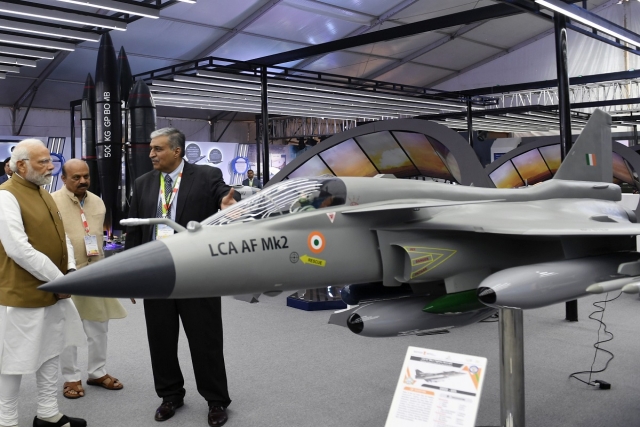
India’s indigenous defense capabilities are set to take another leap forward with the upcoming production of the Light Combat Aircraft Mk2 (LCA-Mk2), a state-of-the-art fighter aircraft that promises to elevate the nation’s aerial prowess. The collaborative efforts of the Indian Air Force (IAF) and Hindustan Aeronautics Limited (HAL) are driving this ambitious project, with a rescheduled timeline aimed at ensuring higher indigenous content in the aircraft.
The green light for the LCA-Mk2 project was given by the Cabinet Committee on Security (CCS) in September 2022, with an allocated budget of ?9,000 crore. This advanced fighter jet is expected to hit the skies for its maiden flight in approximately three years, heralding a new era in India’s defense capabilities.
Continue reading